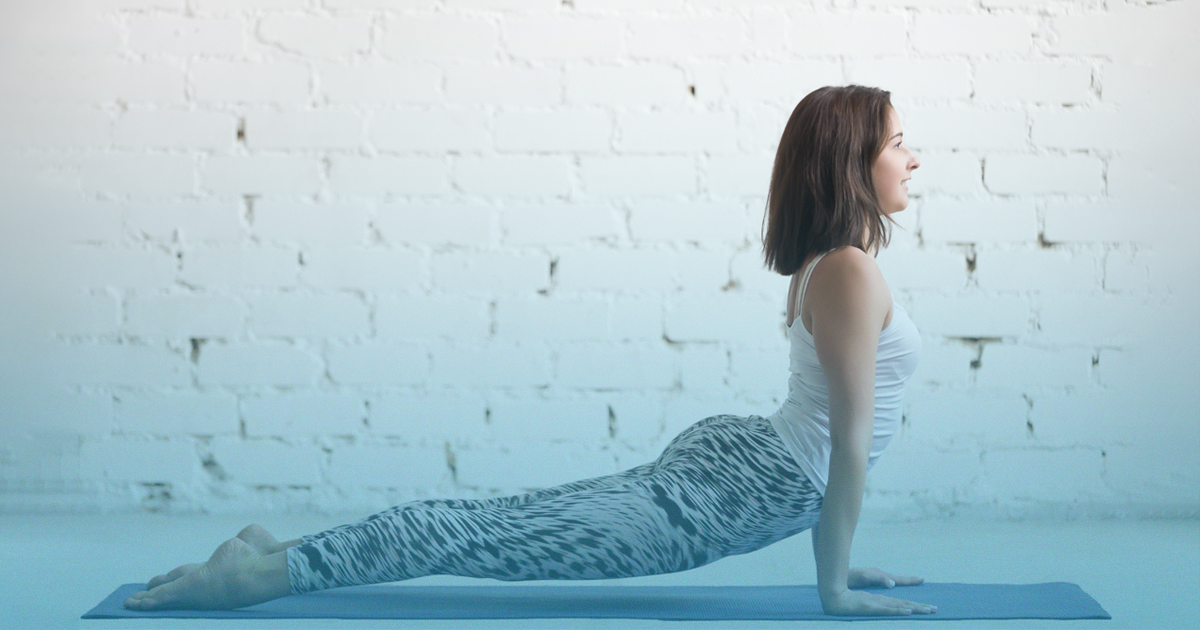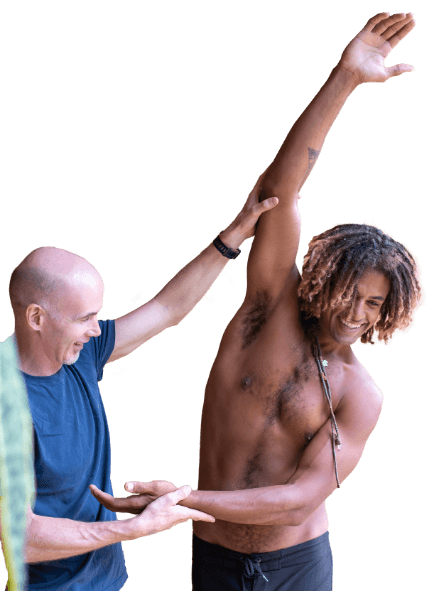
Scoliosis affects about 2 percent of the population with a higher ratio of females being affected when compared to males. Over the centuries, many different forms of management have evolved, and in the modern era, the Schroth Method is one of the most recognized approaches for scoliosis treatment. However, it may not be the best fit for everyone. In this article, we will explore three powerful alternatives to the Schroth Method, each offering unique strategies for managing scoliosis through targeted exercises. Whether you’re a parent looking for options for your child or an adult seeking effective treatment, this guide will help you navigate your choices.
The Schroth Method was developed by Katharina Schroth in the 1920s in Germany. Katharina herself had scoliosis, which fueled her desire to create an effective treatment method. At that time, options for treating scoliosis were limited, often exacerbated by other health issues. The Schroth Method emphasizes rotational breathing, postural correction, and specific muscle activation to counteract the asymmetry caused by scoliosis.
Through conscious breathing and exercises designed to expand the compressed side of the body, the goal is to achieve better spinal alignment and muscle balance. Over the years, this method has evolved and is now widely used, particularly in Europe, as a part of scoliosis rehabilitation.
Research suggests that the Schroth Method can reduce scoliosis curves, especially when started early and combined with bracing for growing adolescents. A small 2015 study indicated that adolescents practicing the Schroth Method under professional supervision had significantly better outcomes than those practicing at home(1). However, the research on adults is less extensive, although benefits such as improved posture and reduced pain have been noted.
Despite its effectiveness, some individuals find the Schroth Method too time-consuming and difficult to learn without professional guidance. Additionally, the lack of available trained therapists can pose challenges for patients seeking this method.
Founded by Dennis Wagen, a chiropractor, in 2000, the Clear Institute offers a chiropractic-based alternative for scoliosis treatment. This approach utilizes specialized equipment, vibration therapy, and specific exercises tailored to individual needs. The acronym CLEAR stands for Chiropractic Leadership Educational Advancement and Research, highlighting the method’s focus on progressive and evidence-based practices.
While the Clear Institute has produced positive case studies, it is still in the research phase, aiming to secure funding for more rigorous studies. Parents and patients have reported favorable outcomes from this innovative method, which integrates chiropractic principles into scoliosis management.
However, one potential drawback is the extensive time commitment and equipment required for the Clear Institute’s protocol, which may not be feasible for everyone. Like the Schroth Method, this approach is primarily designed for physiotherapists and chiropractors, limiting broader accessibility to other healthcare professionals.
Developed by Dr. Richard Smíkal (MD) in the 1980s, Spiral Stabilization focuses on using elastic resistance bands to create spiral muscle patterns that help elongate and stabilize the spine. This method emphasizes posture correction and movement coordination, aiming to prevent the progression of scoliosis through spiral movements.
Spiral movements can help decompress the spine, allowing individuals to feel taller as they rotate. This method has been utilized in Europe for decades and is gaining recognition in North America, although it is not as widely known yet. One of its advantages is that any therapist can learn this method, making it more accessible than some other approaches.
While research on Spiral Stabilization is still developing, many patients have reported positive results in reducing their scoliosis curves. Dr. Smíkal’s case studies demonstrate the effectiveness of this method, making it a promising alternative for those seeking non-invasive treatments.
Created by Ed Paget, the Scoliosis Correction Protocol combines various techniques, including osteopathy and exercises from the Gray Institute, along with principles from Spiral Stabilization. This approach is designed to cater to individual needs by focusing on three main areas: evaluation, isolation of specific exercises, and integration into a sustainable home program.
One of the standout features of this protocol is its flexibility. Patients can access the program and perform exercises from the comfort of their own homes, eliminating the need for extensive travel to see a specialist. This aspect is particularly beneficial for those living in remote areas or who have limited access to scoliosis treatment options.
While the Scoliosis Correction Protocol is still evolving in terms of research, it has shown promising results in case studies and is currently collaborating with the University of Portugal to assess its effects on lifestyle factors affecting adults with scoliosis.
When it comes to managing scoliosis, the right approach will depend on various factors, including curve severity, age, and personal preferences. Each of the alternatives discussed has its strengths:
While the Schroth Method has a solid foundation of research backing it, newer approaches like Spiral Stabilization and the Clear Institute are gaining traction and providing additional options for those seeking effective scoliosis management.
Surgery is often seen as the only solution for scoliosis, but this is not the case. There are various non-invasive methods available, and exploring these alternatives can lead to better management of the condition. Whether you choose the Clear Institute, Spiral Stabilization, or the Scoliosis Correction Protocol, the important thing is to find an approach that resonates with you or your teenager.
Each method has its unique benefits, and it’s crucial to consider what fits best with your lifestyle and treatment goals. If you’re interested in learning more about these scoliosis exercises or exploring the Scoliosis Correction Protocol, be sure to check the links provided. Remember, you have options, and taking proactive steps now can lead to positive outcomes in managing scoliosis.

Over the last 10 years Ed has been building a YouTube library to help people manage their own pain or movement limitations and increase performance through exercise. He regularly adds videos so be sure to subscribe and visit regularly


"Oh My Gosh- I am ALREADY feeling relief after a few days! I used to wake up 2-3 times a night with shooting pain that anti inflammatories couldn't touch. Now I have been waking up just because I want to notice what it feels like to lay in bed pain free- THANK YOU!."

"When I first started with your program I was experience a lot of pain. Walking was difficult. I had to stop and catch my breath every few minutes and lean against a wall for support. Now when I walk with my husband we go for over an hour. I never had to sit down and stop...and, hardly any pain!!! 😊😊 I can’t thank you enough."
Frustrated that you aren't recovering fast enough?
Discover how to heal from illness and injury using movement, food and lifestyle.